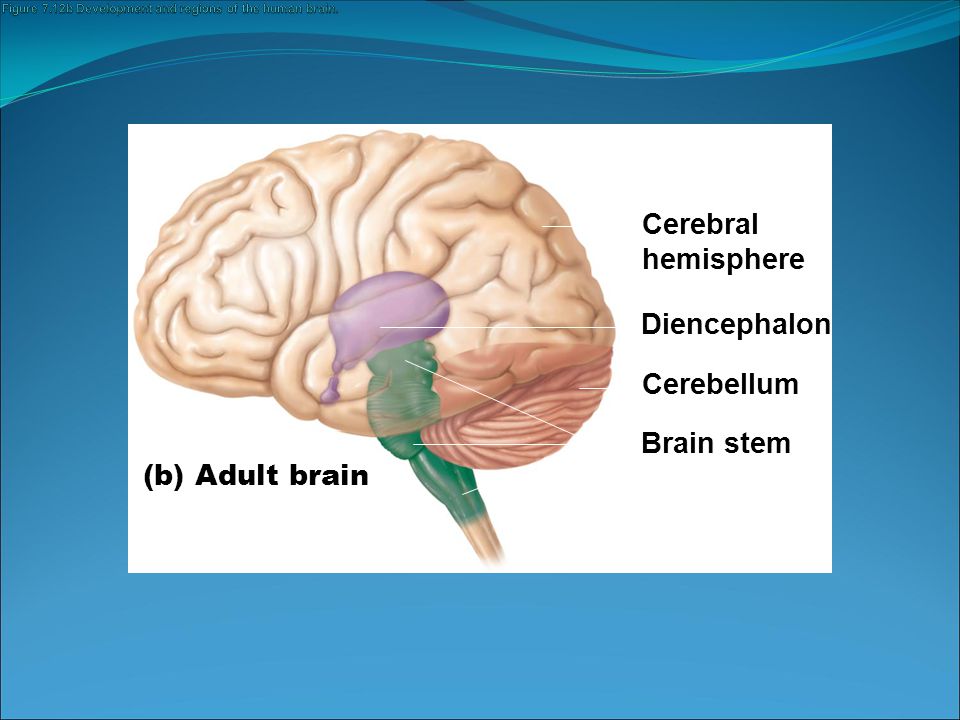
I love to give students real world connections to how what they are learning is being applied for our benefit. I then show this video of a TED talk that quickly explains how we can use fMRI to "see" how you feel and how that technology might be applied to help people control those feelings (with a focus on treating people with chronic pain). Students should conclude that the brain has specialized regions that receive and respond to different types of information. Students should notice that the active regions of the brain differ with the type of information going into or out of the brain. Remind students that the bright regions of the scan show the active regions of the brain. Do the PET scans look the same? What does this suggest about the brain?Įxplain to students that each PET scan on Sample PET Scans shows brain activity for a single type of information, as indicated by the label below the image. Ask students what they observe about brains that are receiving and responding to different types of information. Move on quickly to the next step.Įxplain that to determine where information comes into the brain, scientists use special techniques to “see” inside the brain. These questions are meant to encourage students to think about the structures and functions within the brain.
#REGIONS OF THE BRAIN HOW TO#
Students probably will not know how to answer. Information out also refers to actions in the body that the brain controls automatically, such as heartbeat and breathing.Īsk, “Where do different types of information come into the brain? From where in the brain is information sent out?” “Information out” refers to actions that we choose, such as moving/not moving, speaking/not speaking, or paying attention/not paying attention. If students are puzzled by the idea of “information out” from the brain, ask, “How do you respond to information that comes into your brain, such as when someone calls your name from behind?” When students respond that they turn around, point out that their brains direct that movement. Remind students of the Memory Station in Lesson 1, and note that information stored within their brains also contributes to “information in” for responding to a particular situation.

Students will likely identify sensory information such as seeing, hearing, tasting, touching, and smelling as “information in.” Point out that their brains also receive information from within their bodies, such as information about heart and breathing rates. The goal is to get students to recognize three points about how the brain functions: 1) it receives information (“information in”) 2) it interprets the information and 3) it responds to the information (“information out”).Īsk students to provide some examples of the types of information that come in to the brain and the information that goes out from the brain.


Students will provide a variety of responses. This just helped me remember what I wanted to discuss with the students and I incorporated some notes in the comment section under each slide for teachers.īegin the lesson with the statement, “People often compare the brain to a computer.” Then ask, “What do you think they mean? How is a brain like a computer?” I put together this Lesson Guide PowerPoint to assist me with pacing during the lesson (I know there are a lot of words in this lesson plan). This lesson was adapted from the NIH module The Brain: Our Sense of


 0 kommentar(er)
0 kommentar(er)
